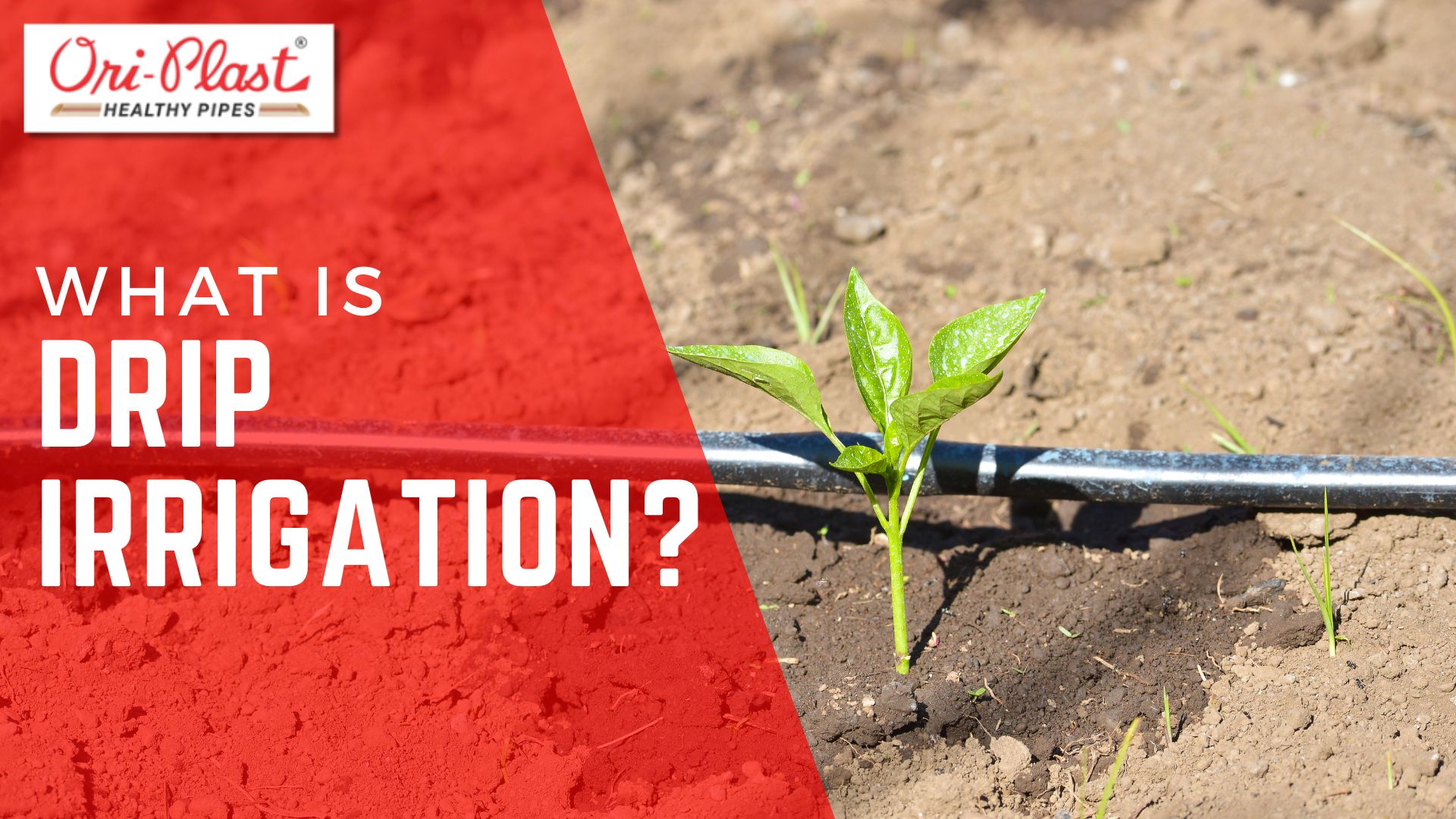What is Drip Irrigation?
Drip irrigation, also known as trickle irrigation, is a precise watering method that delivers water directly to the roots of plants, one drop at a time. Unlike traditional sprinklers or flood irrigation, which often waste water through evaporation and runoff, drip irrigation is highly efficient and can save you a significant amount of water.
How Does Drip Irrigation Work?
A drip irrigation system consists of a network of tubing, emitters, and a water source. The water source, which can be a tap, well, or rainwater collection system, supplies water to the tubing. The tubing then carries the water to the emitters, which are small devices that regulate the flow of water. Emitters can be drippers, sprinklers, or bubblers, and they can be placed directly on the soil surface, buried beneath the soil, or attached to plant stems.
Benefits of Drip Irrigation
There are many benefits to using drip irrigation, including:
- Water conservation: Drip irrigation can save you up to 70% more water than traditional irrigation methods. This is because the water is delivered directly to the roots of the plants, where it is needed most.
- Reduced weed growth: It does not wet the leaves of plants, which can help to reduce weed growth.
- Improved plant health: It can help to improve plant health by providing them with a consistent supply of water and nutrients.
- Reduced soil erosion: It does not cause soil erosion like traditional irrigation methods can.
- Less labor: Irrigation systems are relatively easy to set up and maintain.
Similar read: Top 7 Advantages of Drip Irrigation & Its Water And Energy
How to Set Up
If you're interested in installing a Irrigation system, there are a few things you'll need to do:
- Determine the size of your system: The size of your system will depend on the size of your garden or field, the type of plants you are growing, and your climate.
- Choose the right emitters: The type of emitters you choose will depend on the type of plants you are growing and the type of soil you have.
- Install the tubing: The tubing should be installed so that it reaches all of your plants.
- Connect the emitters to the tubing: The emitters should be connected to the tubing using special connectors.
- Connect the tubing to the water source: The tubing should be connected to the water source using a hose or pipe.
Once your system is set up, you'll need to do a little maintenance to keep it running smoothly. This includes:
- Cleaning the emitters: The emitters can clog up over time, so you'll need to clean them periodically.
- Checking for leaks: Check your system regularly for leaks and repair them as needed.
- Draining the system: If you live in a climate with freezing temperatures, you'll need to drain your system before winter to prevent the pipes from bursting.
Irrigation is a great way to save water and improve the health of your plants. If you're looking for a more efficient and sustainable way to water your garden.
Additional Tips
- Use a timer to control your irrigation system. This will help you to ensure that your plants are getting the right amount of water.
- Apply mulch around your plants. Mulch will help to retain moisture in the soil and reduce weed growth.
- Use a soil moisture sensor to monitor the moisture content of your soil. This will help you to determine how often you need to water your plants.

